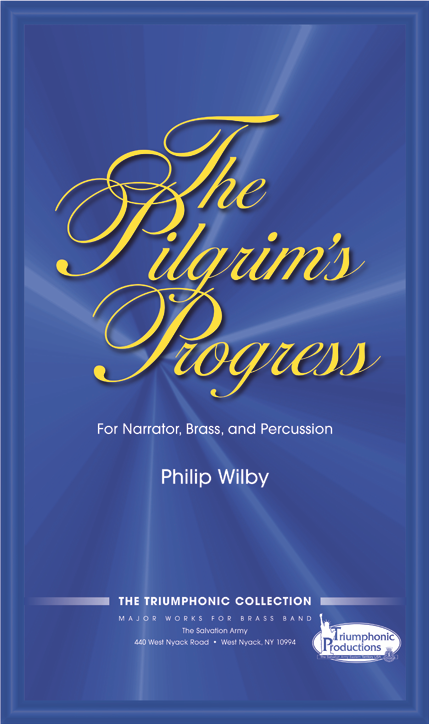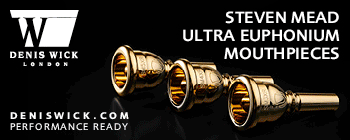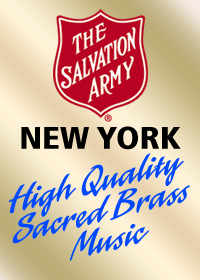Music: The Pilgrim’s Progress by Philip Wilby
The Triumphonic Collection - Major Works for Brass Band,Published by The Salvation Army, New York

University of Salford composition lecturer, Dan Price, reviews Philip Wilby's latest work for brass band.
The Pilgrim’s Progress is considered to be the most significant piece of religious writing in English literature. Written in 1678 by John Bunyan whilst he was serving a prison sentence for non-conformance of the religious practices sanction by the Church of England, the work has provided countless inspiration; perhaps most notably in the opera of the same name by Ralph Vaughan-Williams. More familiar to most of us is his 1906 setting of Bunyan’s words ‘to be a pilgrim’, with the popular melody Monks Gate, which he included in his revision of the English Hymnal. It is this memorable old Sussex melody that forms the inspiration for Philip Wilby’s latest work.
Written in 2016 for the USA Western Territory Staff Band of The Salvation Army and performed as part of the band’s tenth anniversary celebrations, this is a tour-de-force from its humble beginnings until its climatic ending. The work is written in four clearly defined movements; The Journey, Mediation, Vanity Fair and The Celestial City. These subtitles are not only significant points within the main protagonist’s story (as he journeys from his home town the ‘City of Destruction’ to his final destination atop of Mount Zion and ‘The Celestial City’), but also act as evocative stimuli as Wilby cleverly manipulates the musical content of each movement in his own uniquely colourful palette. This is not a score to be taken lightly and would challenge some accomplished Section 1 bands. Firstly, narration plays a huge part in the natural scope of the work, not only to help the progression of the narrative, but also to work in conjunction and enhance musical content. You are reminded of Wilby’s other offerings in this form, particularly brass. The orchestration of the work is large and, in addition to full brass band with four percussionists, it includes parts for Fanfare Ensemble - three trumpets, three trombones, two side drums and also organ. This said, the score is written as such that the fanfare band, organ and one of the percussionists can be omitted, but you may lose some of the wonderful colours present in this imaginative work.
As with all of Wilby’s music, it is beautifully and practically orchestrated, although there is nowhere to hide for anyone! As you would expect, the musical ideas are fully developed and manipulated expertly in a well-rounded structure, which will result in a highly memorable showpiece or concert finale.
View other works in the Salvation Army's Tiumphonic Collection here.
For more reviews, news, interviews and features, subscribe to BBW Digital





.gif)







